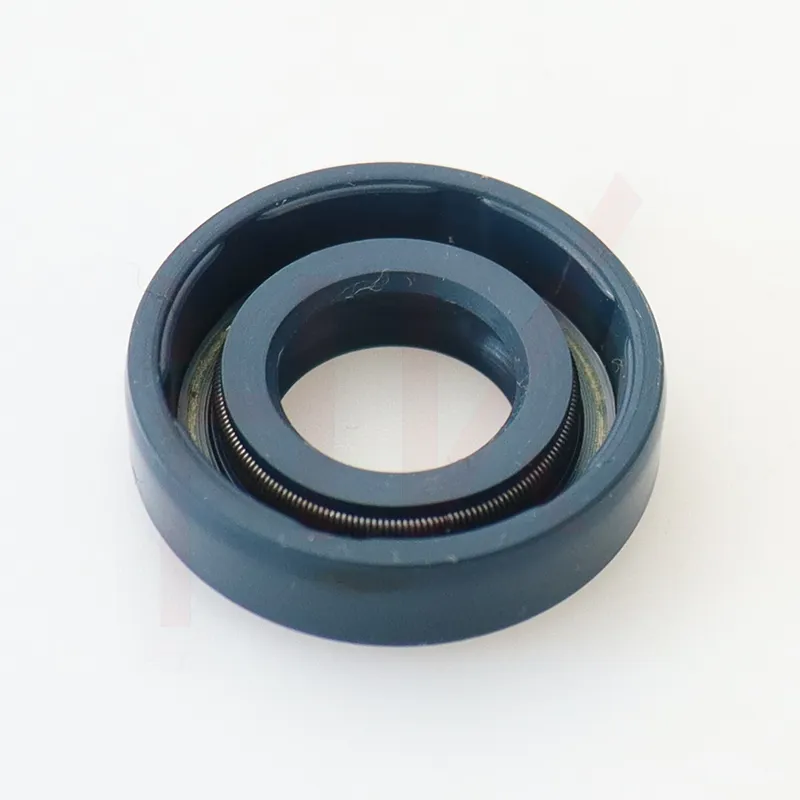Dec . 03, 2024 21:58 Back to list
Rear Hub Oil Seal Maintenance and Replacement Guidelines for Optimal Performance
Understanding the Rear Hub Oil Seal Importance and Maintenance
The rear hub oil seal is a crucial component in the drivetrain of vehicles, especially in those equipped with rear-wheel drive or all-wheel drive systems. Its primary function is to prevent oil leakage from the differential or wheel bearings while ensuring that dirt, water, and other contaminants do not enter the hub assembly. This simple yet significant part plays a vital role in maintaining the integrity and performance of a vehicle's rear axle system.
The Function of the Rear Hub Oil Seal
The main objective of the rear hub oil seal is to create a barrier between the rotating hub and the stationary components surrounding it. This seal is typically made from durable materials like rubber or synthetic compounds, designed to withstand high temperatures and resist wear over time. By doing so, the oil seal helps maintain proper lubrication within the hub assembly, which is essential for the smooth operation of bearings and gears.
When functioning correctly, the rear hub oil seal allows the components within the hub to operate efficiently. It holds the lubricating oil in place, which minimizes friction and wear on the gears and bearings. This lubrication not only enhances performance but also prolongs the lifespan of the moving parts, ultimately leading to a more reliable and efficient vehicle.
Signs of a Failing Rear Hub Oil Seal
Like any mechanical component, rear hub oil seals are subject to wear and tear. Over time, exposure to heat, pressure, and contaminants can lead to degradation of the seal material. Here are some common signs that indicate a failing rear hub oil seal
1. Oil Leaks One of the most apparent signs of a failing oil seal is the presence of oil leaks. If you notice oil pooling around the wheel wells or on the ground where the vehicle is parked, it could indicate that the rear hub oil seal is compromised.
rear hub oil seal

2. Whining Noise A failing seal can lead to insufficient lubrication of the hub and bearings, which may produce a whining or grinding noise while driving. This noise can become more pronounced when cornering or during acceleration.
3. Increased Heat If the oil seal has failed, the hub can overheat due to lack of lubrication. If you feel excessive heat around the wheel area after a drive, it’s a sign that further inspection is necessary.
4. Visual Inspection If you can access the rear hub, a visual inspection might reveal signs of wear, cracking, or deformation of the oil seal. Any visible damage is a clear indicator that the seal needs replacement.
Maintenance and Replacement
Regular maintenance of your vehicle's drivetrain is essential for ensuring the longevity of components like the rear hub oil seal. During routine checks, mechanics often inspect seals for signs of wear and recommend replacement if necessary. It's advisable to replace the oil seal whenever other related components such as bearings or differential fluid are serviced.
Replacement of a rear hub oil seal typically involves removing the wheel and accessing the hub assembly. The old seal must be extracted carefully, and a new one should be installed with precision to ensure a proper fit. It is crucial to follow manufacturer specifications regarding the types of seals and lubricants used to maintain optimal performance and avoid future leaks.
Conclusion
In conclusion, the rear hub oil seal may be a small component, but it plays a significant role in the overall health of a vehicle's drivetrain. Routine inspections and timely replacements can prevent costly repairs down the line. Understanding the importance of the rear hub oil seal helps vehicle owners appreciate the intricacies of their automotive systems, paving the way for informed maintenance decisions.
-
TCN Oil Seal Metal Ring Reinforcement for Heavy Machinery
NewsJul.25,2025
-
Rotary Lip Seal Spring-Loaded Design for High-Speed Applications
NewsJul.25,2025
-
Hydraulic Cylinder Seals Polyurethane Material for High-Impact Jobs
NewsJul.25,2025
-
High Pressure Oil Seal Polyurethane Coating Wear Resistance
NewsJul.25,2025
-
Dust Proof Seal Double Lip Design for Construction Equipment
NewsJul.25,2025
-
Hub Seal Polyurethane Wear Resistance in Agricultural Vehicles
NewsJul.25,2025
-
The Trans-formative Journey of Wheel Hub Oil Seals
NewsJun.06,2025
Products categories
















